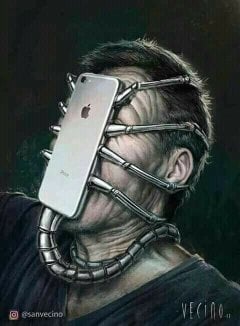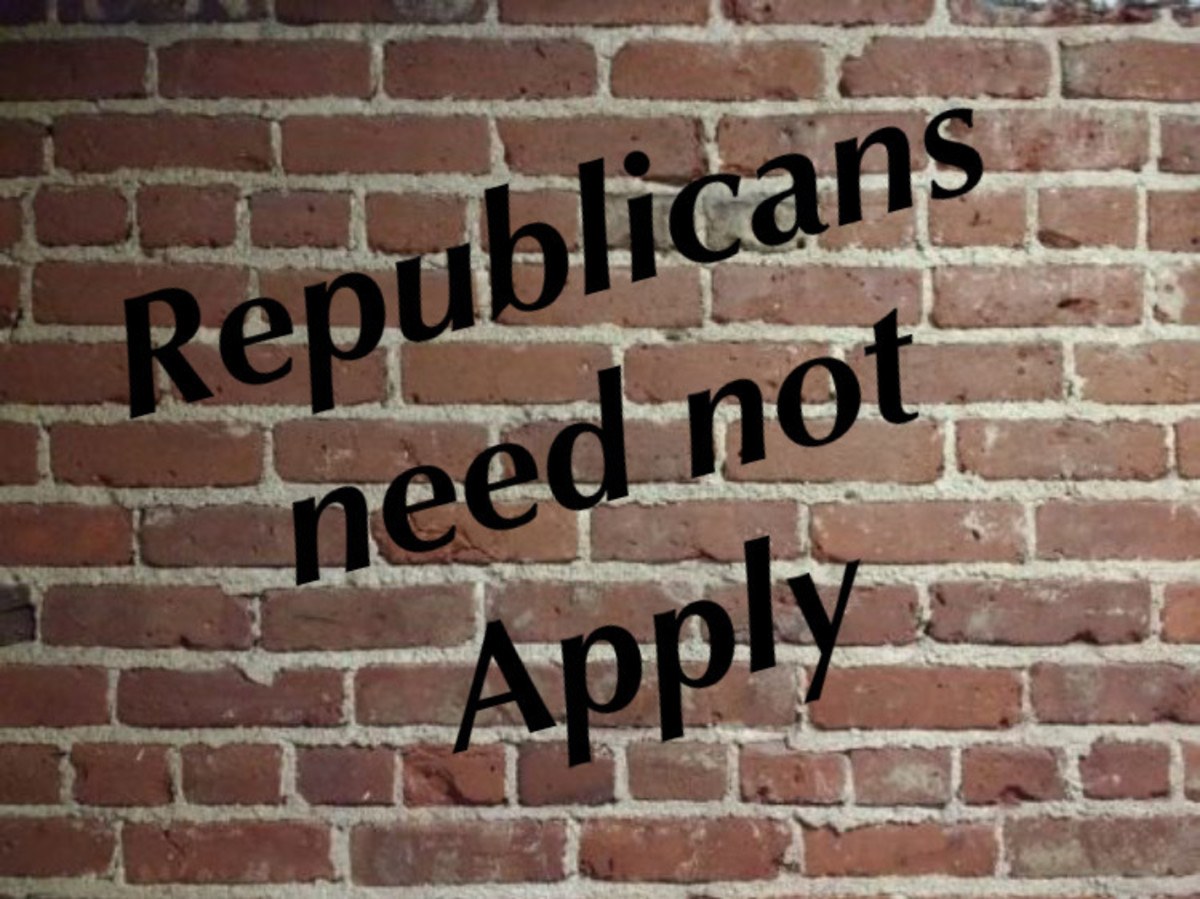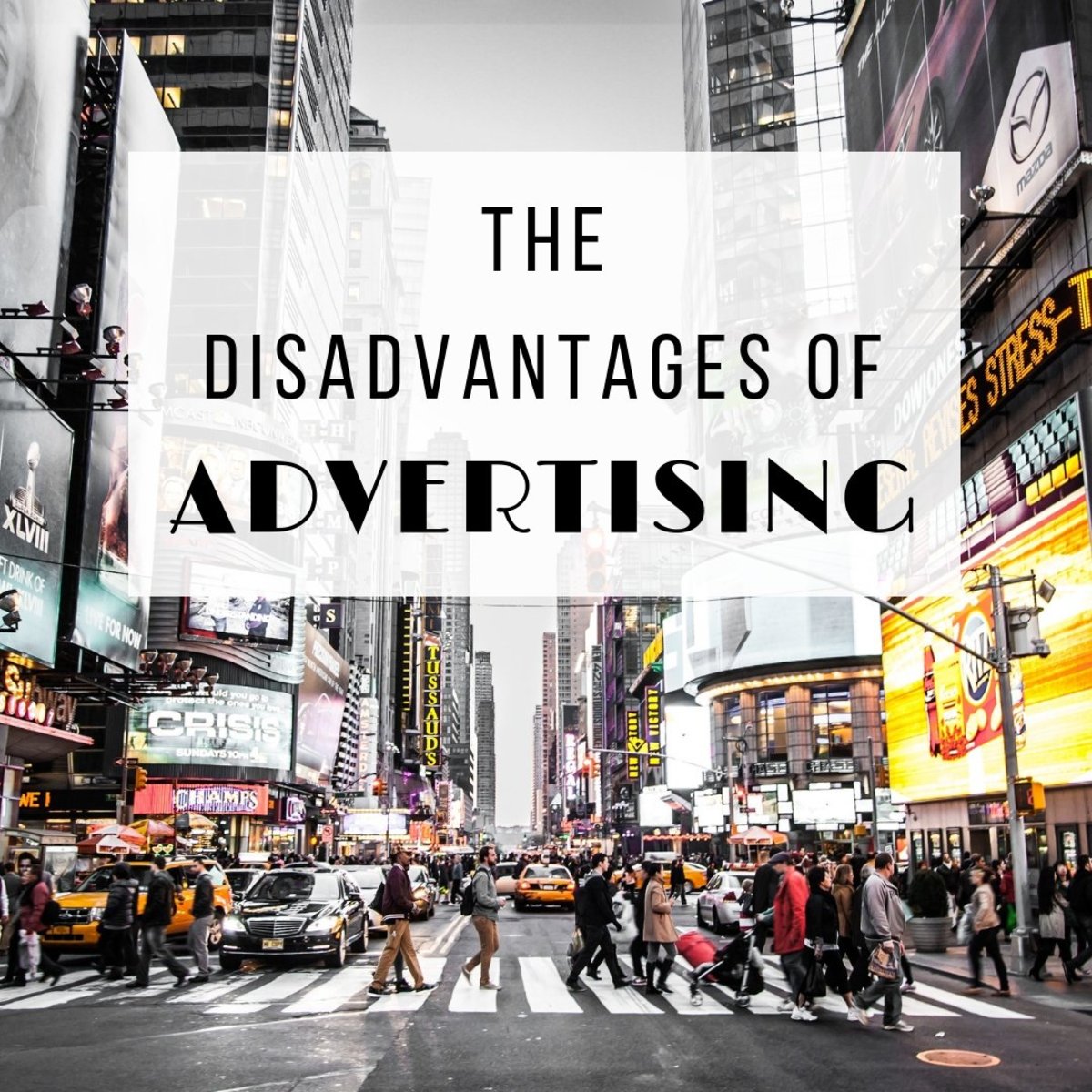Godzilla Media and Its Butterfly Effect

Godzilla Media and Its Butterfly Effect
The concept of beauty should be as simple as how people see themselves and how they define beauty themselves. However, society has a different way of defining beauty, and that is within the context of standards of skin color, physical attributes, and size of a person, and has nothing to do with his or her characteristics or traits. For women, there is an ongoing struggle to develop their self-concept while going through the internal conflict of comparing themselves with other women based on their perception of beauty. Acceptance of one’s physical attributes has been a struggle because of how beauty is defined, and self-acceptance is determined by how much and how fast one could correct the perceived “imperfections” of her body.
Media Dictating the Concept of Beauty
Now that media has been releasing a list of the most beautiful women” everyone dreams to be part of the list or at the very least look at the women who were included in the list as their standards of beauty. Thus satisfaction in the natural looks becomes a problem, some women complain about their hair color so they try to dye it differently, they whine about their size and shape, and so they try to work out, take on medications, or make it even faster undergo surgery if they have the money. There are certain creams in the market that are endorsed to remove stretch marks, make skin fairer, and smoother, make the lips look thinner, and a lot more. Advertisements and products have marketed beautiful women just to sell their products and because of this “accepted perception of beauty,” it has been an easy way of aiming at the younger generations and even older women who seek to remain beautiful and youthful as the clientele.
The self-image concept is determined by how a woman feels about herself, how she sees her value, and how she treats herself and how she treats other women. With the concept of beauty created and promoted by media, the concept of self has also been limited to the prescriptions of society relative to beauty. Because this has affected as well how people see themselves and how they feel other people see them as a person (Dixon & Williams, 2016).
Society’s definition of beauty has been limited to hair color, blondes are perceived to be beautiful and so people try to be blondes just like the models in women’s magazines and those who were featured in Playboy magazines. This has been the scenario during the 70s and 80s because blondes have been appearing in a lot of magazines then people’s consciousness of their appearance and concept of beauty has been influenced by blondes (Rich & Cash, 1993).
Exposure to different media like television, fashion magazines, and social media or social networking sites has been a major factor of influence on the concept of beauty ideals, and self-concept, especially among adolescent girls. With the selected adolescent girls who were examined in a certain study, there has been a direct relationship between media and the internalization of beauty ideals, self-concept, and body observations. This show how extensively the media affects on developing the concept of an ideal of beauty and self-concept, especially among adolescents and girls in particular (Vandenbosch & Eggermont, 2012).
The Rise of Godzilla Social Media
Social media is also among the media form that has shown a greater impact on younger people. Marketing strategies have extended to social media as well like Facebook, YouTube, and Twitter to connect with their customers and target market. Different products have presented their brands using creative content and to make their brand more significant to the customers, social media has changed the culture creating a major shift from the usual branding techniques into crowd cultures. The utilization of crowd cultures has limited the extent of competition in the market and decreased the impact of brand content. Products are not sold based on their brand and how they can compete with other brands but rather promotes themselves with new ideals that come from the crowd too. Personal care is among the examples of products which had made themselves very visible in the market through social media. Other examples would be Axe which features an over-the-top cheerleader in response to gender politics; Dove has been consistent in presenting beauty standards for women (Holt).
The effects of media have defined the psychological responses of people whether individually or as a community towards the ideas that media has been presenting. And with the constant repetition of these ideas shown and promoted in all forms of media the consequences are not just limited to the changing culture but more lasting on the individual’s perception of beauty and self-concept. Exposure to media has directly affected and influenced people’s attitudes and behavior not only towards themselves but also on the way they interact with other people. Though the effects may not be generalized as massive and uniform across all cultures there is still a common idea shown to everyone. Such as the beauty standards set by companies for their product endorsements, the models they show are often small in size, with shapely bodies, blonde, and fair-skinned. It was an embodiment of perfection, not a scar, smudge, or pimple on the models. This generally implies to the younger women that beauty means perfection, having the physical features that would fit best in the clothes being advertised or well fit into a swimwear.
Conclusion
Beauty goes beyond the skin color or the contours of the body and body size, it is skin-deep and extends from the physical attributes to the human qualities of a person. Beauty is not about perfection, it is about being true to one’s self accepting the weaknesses and flaws, and not allowing anything to control how one lives her life.
REFERENCES
Dixon, C.-L., & Williams, &. S.-K. (2016, February 9). The Definition of Beauty — Women’s Perception of Beauty and Self-Image. Retrieved April 23, 2019, from medium.com: https://medium.com/for-women-to-women/the-definition-of-beauty-women-s-perception-of-beauty-and-self-image-952d462b28cb
Holt, D. (n.d.). Branding in the age of social media. Harvard Business Review, p. 19. Vol 94.
Rich, M. K., & Cash, &. T. (1993). The American image of beauty: Media representations of hair color for four decades. Journal of Applied Genetics, 113-124.
Vandenbosch, L., & Eggermont, &. S. (2012). Understanding Sexual Objectification: A Comprehensive Approach Toward Media Exposure and Girls' Internalization of Beauty Ideals, Self-Objectification, and Body Surveillance. Journal of Communication, 869 - 887.








